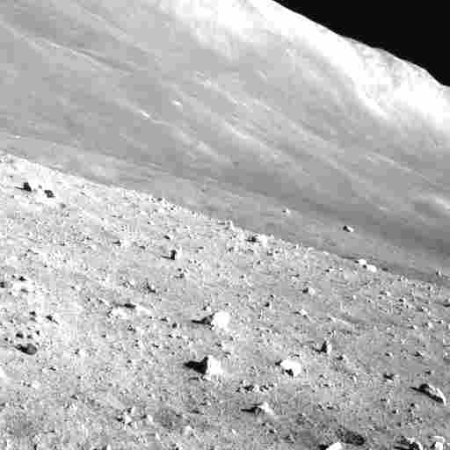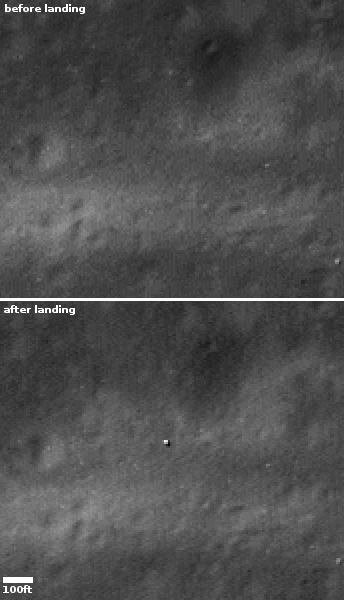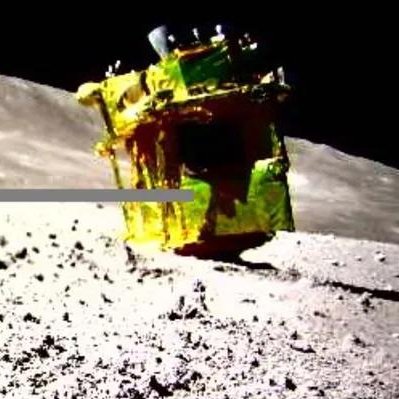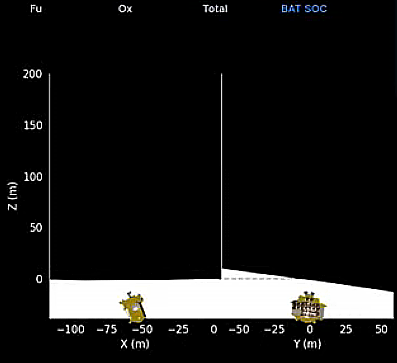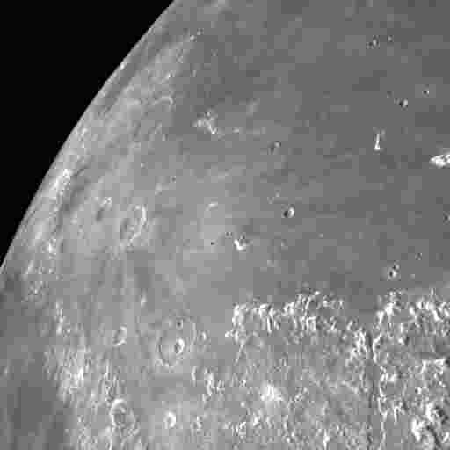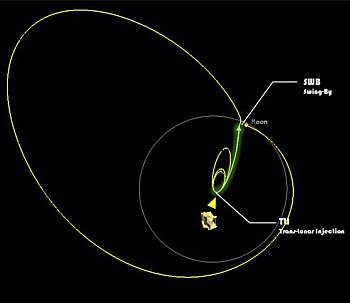SLIM survives lunar night!
Japan’s space agency JAXA yesterday announced in a tweet that its SLIM lunar lander had survived the harsh lunar night, and that engineers had resumed communications.
The picture to the right was taken after communications were resumed. It shows SLIM’s view of 885-foot-wide Shioli Crater, the opposite rim the bright ridge in the upper right about a thousand feet away. From this news report:
The mission team received telemetry from SLIM around 5:00 a.m. Eastern (1000 UTC). The temperature of the communication equipment was extremely high, according to JAXA, due to the sun being high over the landing area. Communication was terminated after only a short period of time, JAXA stated.
The SLIM team is however now preparing to conduct observations with SLIM’s multiband spectroscopic camera (MBC) later in the lunar day. MBC is designed to ascertain the composition of the lunar surface and could provide insights into the moon’s history. Sunset over Shioli crater, on the rim of which SLIM landed, will occur Feb. 29.
Surviving the long lunar night is a major achievement. It means Japan’s technology here is capable of doing long missions on the Moon.
Japan’s space agency JAXA yesterday announced in a tweet that its SLIM lunar lander had survived the harsh lunar night, and that engineers had resumed communications.
The picture to the right was taken after communications were resumed. It shows SLIM’s view of 885-foot-wide Shioli Crater, the opposite rim the bright ridge in the upper right about a thousand feet away. From this news report:
The mission team received telemetry from SLIM around 5:00 a.m. Eastern (1000 UTC). The temperature of the communication equipment was extremely high, according to JAXA, due to the sun being high over the landing area. Communication was terminated after only a short period of time, JAXA stated.
The SLIM team is however now preparing to conduct observations with SLIM’s multiband spectroscopic camera (MBC) later in the lunar day. MBC is designed to ascertain the composition of the lunar surface and could provide insights into the moon’s history. Sunset over Shioli crater, on the rim of which SLIM landed, will occur Feb. 29.
Surviving the long lunar night is a major achievement. It means Japan’s technology here is capable of doing long missions on the Moon.

